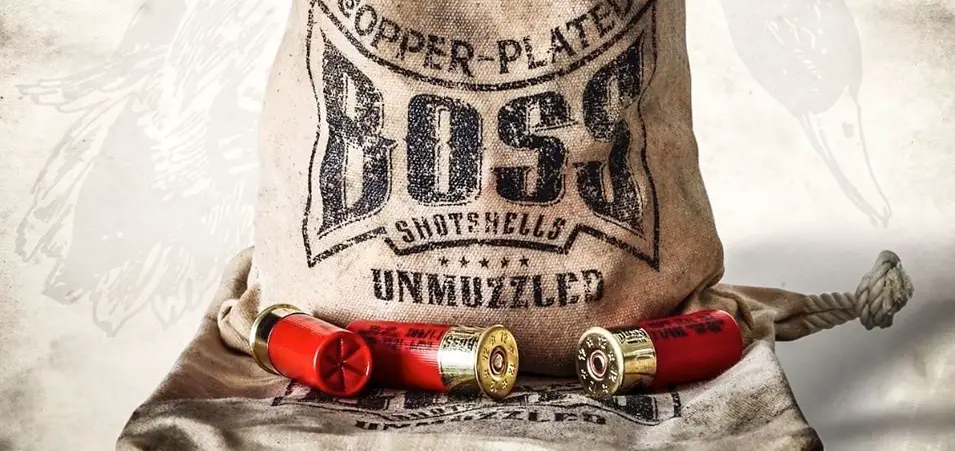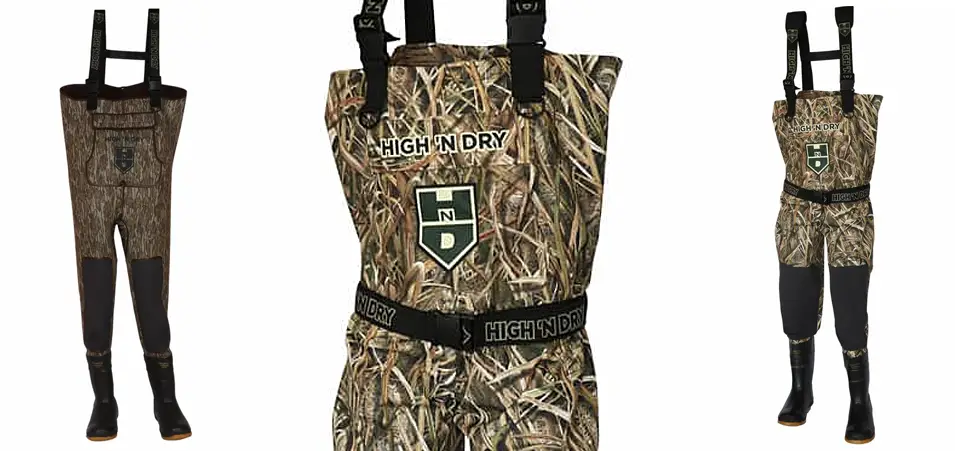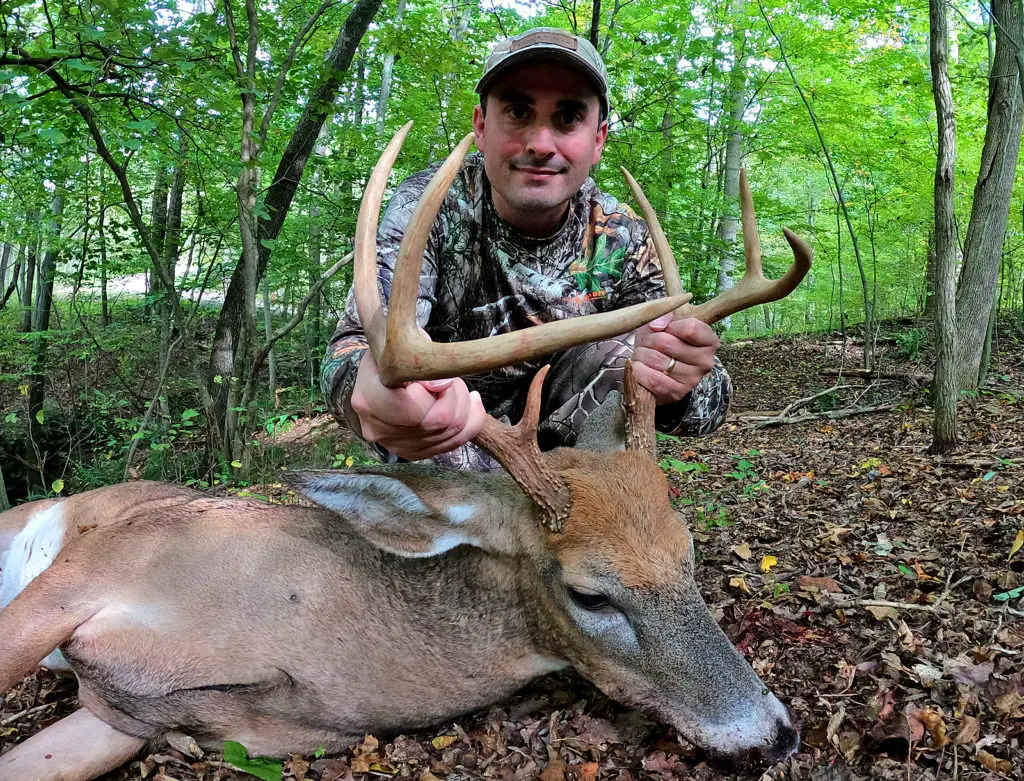Fall turkey hunting is a very different pursuit than spring turkey hunting, it has its own distinct flavor and unique strategies. On this episode I talk about five strategies for hunting fall turkey, the best times of day, and how to chain turkey hunts together with other game pursuits.
5 was you can hunt turkeys in the fall:
- Big Rifle Hunting – This involves using terrain to gain altitude where you can see big distances and trying to take a bird from long range.
- Small Rifle Hunting – This is most often done as an ambush technique or when trying to divert nearby birds into your area.
- Scatter and Call – This approach is used when you can get close enough to bust up a flock, hide, and try to call them back together.
- Flush and Shoot – Similar to pheasant hunting, you push through areas with cover trying to flush birds and shoot them in the air.
- Slowly Stalking – Akin to still hunting deer, this approach focusses on moving stealthily through thick woods, trying to spot and shoot a bird before it sees you.
On of the best things about fall turkey hunting is you can also combine other pursuits, in some places you can hunt turkey and deer at the same time, or turkey and pheasant at the same time, or ducks, small game, and any number of birds. Do not fall into the trap of thinking you need super specialized gear to take all these types of game either. often you can use the same shotgun and the same ammo to hunt several different things, just make sure you are compliant with local laws.
You can shoot turkeys with steel, bismuth, tungsten, lead, or anything else that flies out of a shotgun or rifle if its legal. One of the best things new hunters can do when they are learning to turkey hunt is combine several pursuits to maximize their chances of coming out of the woods with dinner and to have the most fun.
In many areas you can take all different types of turkeys in the fall also, be them big toms, jakes, hens, or poults. Do not be afraid of taking a hen in the fall or a poult. Turkey winter survival rates are not as high as many think. There is a good chance that the turkey you shoot in the fall was not going to survive the winter due to lack of food, predation, or severe weather. Taking a fall bird has the most minimal potential impact on the turkey population. And a small turkey can be a very tasty meal, something you almost never find in a grocery store either.
The best guns for fall turkey hunting tend to be shotguns or small rifles. It may be a 12 gauge, 20 gauge or other shotgun, a shotgun combined with a rifle, or a smaller rifle such as as .22lr, .22 magnum, .17 HMR, a .22 hornet or a lightly loaded 223. Always check your local to laws to know what is legal and what the proper safety regulations are in your area.
Listen to the episode for all the details on strategy, gun choices, and much much more!



